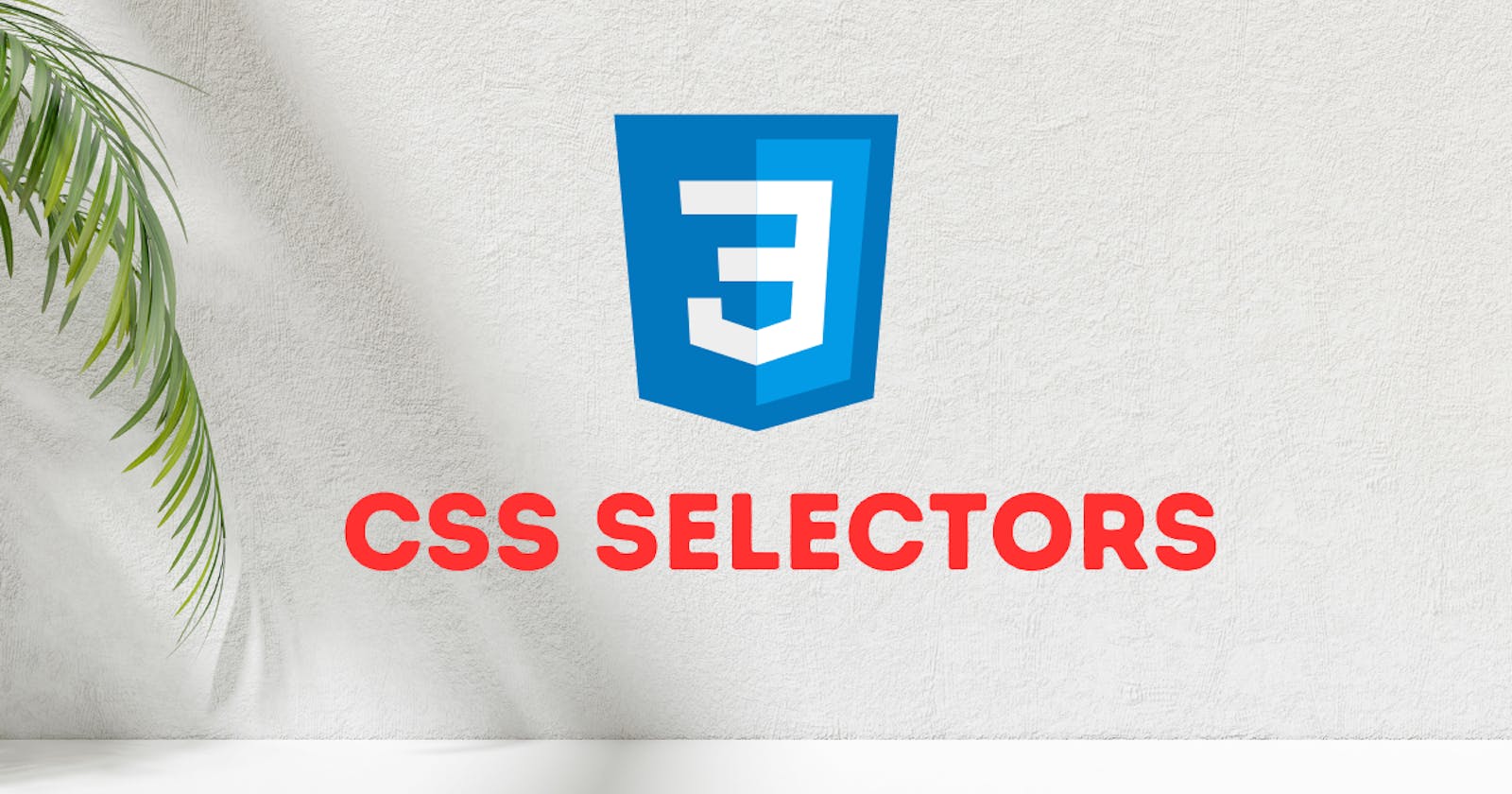Understanding CSS Selectors: Exploring different CSS selectors and their usage.
Mastering the Art of CSS Selectors: Your Guide to Styling Mastery
Greetings, fellow creators of the digital canvas! Today, we embark on an exciting journey to unravel the magic of CSS selectors. Brace yourself for a deep dive into the world of web styling, as we explore the intricacies of different CSS selectors and how they wield their power to transform the appearance of our web elements.
🎨 Chapter 1: Selectors - The Paintbrushes of Styling 🎨
Imagine CSS selectors as your artist's paintbrushes, each designed for a specific stroke on your canvas. Our journey begins by understanding the core concepts and syntax of CSS selectors, the foundation of web styling.
🎯 Universal Selector: Targeting Everything
The universal selector, denoted by an asterisk (*), is a powerful yet cautious tool that targets all elements on a page. While it grants you vast styling control, use it judiciously to avoid unintended consequences.
/* Selecting all elements */
* {
margin: 0;
padding: 0;
}
🌟 Type Selector: Honing in on Elements
Type selectors, represented by HTML tag names, enable you to style elements based on their tag. Simple yet effective, they offer a direct way to apply styles to specific HTML elements.
/* Selecting all headings */
h1, h2, h3 {
font-family: 'Roboto', sans-serif;
}
🔍 Class Selector: Styling with Precision
Class selectors empower you to target specific elements by assigning them a class attribute. This refined approach lets you style individual elements without affecting others of the same type.
/* Selecting elements with the "highlight" class */
.highlight {
background-color: yellow;
}
🆔 ID Selector: Uniqueness Amplified
ID selectors provide unparalleled specificity by targeting a unique element with a specific ID attribute. Use them for one-of-a-kind styling, but remember, an ID can only be used once per page.
/* Selecting an element with the ID "header" */
#header {
color: #333;
}
📋 Attribute Selector: Unleashing Dynamic Styles
Attribute selectors open the door to dynamic styling by targeting elements with specific attributes or attribute values. This is particularly useful when working with data attributes or targeting elements with specific attributes.
/* Selecting elements with a "data-toggle" attribute */
[data-toggle] {
cursor: pointer;
}
📌 Pseudo-Class Selector: Capturing States and Actions
Pseudo-classes capture various states and actions of elements, from hovering to visiting links. They offer an avenue to create interactive and engaging styles.
/* Styling a link when hovered */
a:hover {
text-decoration: underline;
}
🔄 Pseudo-Element Selector: Crafting Subtlety
Pseudo-elements like ::before and ::after allow you to inject content before or after an element. Perfect for adding decorative elements or structural enhancements.
/* Adding content before an element */
p::before {
content: "📌 ";
}
🚀 Embark on Your Selector Adventure
Congratulations, styling adventurers! You've just embarked on a captivating journey through the world of CSS selectors. Armed with the knowledge of these versatile tools, you're well-equipped to wield your paintbrushes and bring your web designs to life.
Happy coding! 🎨🌟
